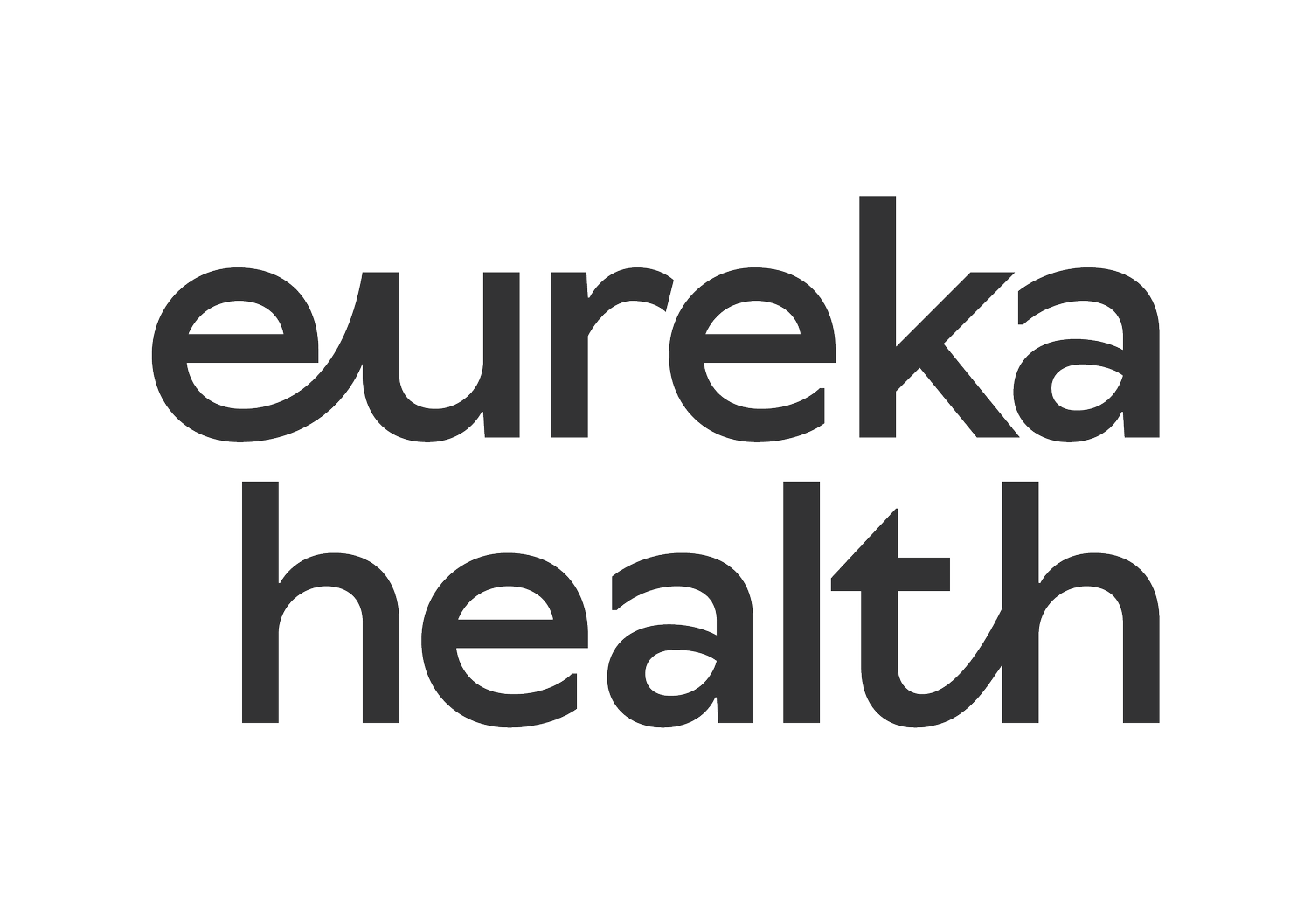When the first step really hurts: what is plantar fasciitis and how do you fix it?
Plantar fasciitis (also sometime called plantar fasciopathy) is a common foot condition characterised by pain and inflammation in the plantar fascia, a thick band of tissue that runs from the heel to the toes. It typically causes pain at the attachment area at the front of the heel. It is estimated that up to 10% of people will experience plantar fasciitis at some point in their lives. There is a higher incidence in runners and individuals who spend prolonged periods of time on their feet. Plantar heel pain is often characterised by first-step pain, pain after weight bearing following periods of rest or pain during weight bearing activities performed for a long duration.
While plantar fasciitis can be a frustrating and painful condition, the good news is that there are several evidence-based treatments available. In this blog post, we will explore the best treatments for plantar fasciitis, including the role of shockwave therapy.
-
Stretching and strengthening exercises are a fundamental part of treating plantar fasciitis. These exercises help to stretch and strengthen the muscles and tendons in the foot, reducing the tension on the plantar fascia. A systematic review and meta-analysis of 20 randomised controlled trials (RCTs) found that stretching exercises were effective in reducing pain and improving function in people with plantar fasciitis (Rathleff et al., 2014). A separate RCT found that a combination of stretching and strengthening exercises was more effective than stretching exercises alone (DiGiovanni et al., 2003).
-
Taping of the plantar arch is another common treatment for plantar fasciitis. Taping is a cheap and effective therapy that helps to support the arch of the foot and reduce the load on the plantar fascia. Patient education is often focused on understanding the pathology and which lifestyle factors might be helping or hindering recovery, understanding appropriate footwear choices as well as explaining pain management strategies.
-
Shockwave therapy is a relatively new treatment for plantar fasciitis. This therapy involves delivering high-energy sound waves to the affected area, stimulating the body's natural healing process. A systematic review and meta-analysis of 29 RCTs found that shockwave therapy was effective in reducing pain and improving function in people with plantar fasciitis (Rompe et al., 2018). The authors noted that shockwave therapy was more effective than placebo treatment and that it had a similar effect to other common treatments, such as orthotics and stretching exercises. At Eureka Osteo, we often utilise shockwave therapy when the condition is chronic and other conservative therapies haven’t provided relief.
While shockwave therapy is a promising treatment for plantar fasciitis, it is not suitable for everyone. Individuals with certain medical conditions, such as bleeding disorders, should not undergo shockwave therapy. It is important to discuss the risks and benefits of shockwave therapy with your clinician before undergoing treatment.
Most of our osteos and physios here are trained in the use of shockwave therapy. This form of treatment involves a treatment dose of usually three to five sessions no more than a week apart to get the best results. It is a painful treatment but the degree of pain is controlled by you giving us feedback by scoring the pain on a 0-10 scale, and adjusting the shockwave device up or down accordingly. The therapeutic effect is thought to be maximised operating at about a 7/10 pain scale score which you erport back to the practitioner while receiving the shockwave therapy. The shockwaves are delivered over a short time frame so the pain is only temporary and is typically followed by an immediate reduction in pain. We use the best shockwave device on the market: the Swiss Dolorclast EMS Shockwave machine - it is the machine that has the best evidence base of all shockwave devices.
So if you have plantar fasciitis and think that shockwave therapy might be worth trying, go to our website and book now, or give the clinic a call on 5333 2232.
References:
DiGiovanni, B. F., Nawoczenski, D. A., Lintal, M. E., Moore, E. A., Murray, J. C., Wilding, G. E., & Baumhauer, J. F. (2003). Tissue-specific plantar fascia-stretching exercise enhances outcomes in patients with chronic heel pain. A prospective, randomized study. The Journal of Bone & Joint Surgery, 85(7), 1270-1277.
Rathleff, M. S., Mølgaard, C. M., Fredberg, U., Kaalund, S., Andersen, K. B., & Jensen, T. T. (2018). High-load strength training improves outcome


